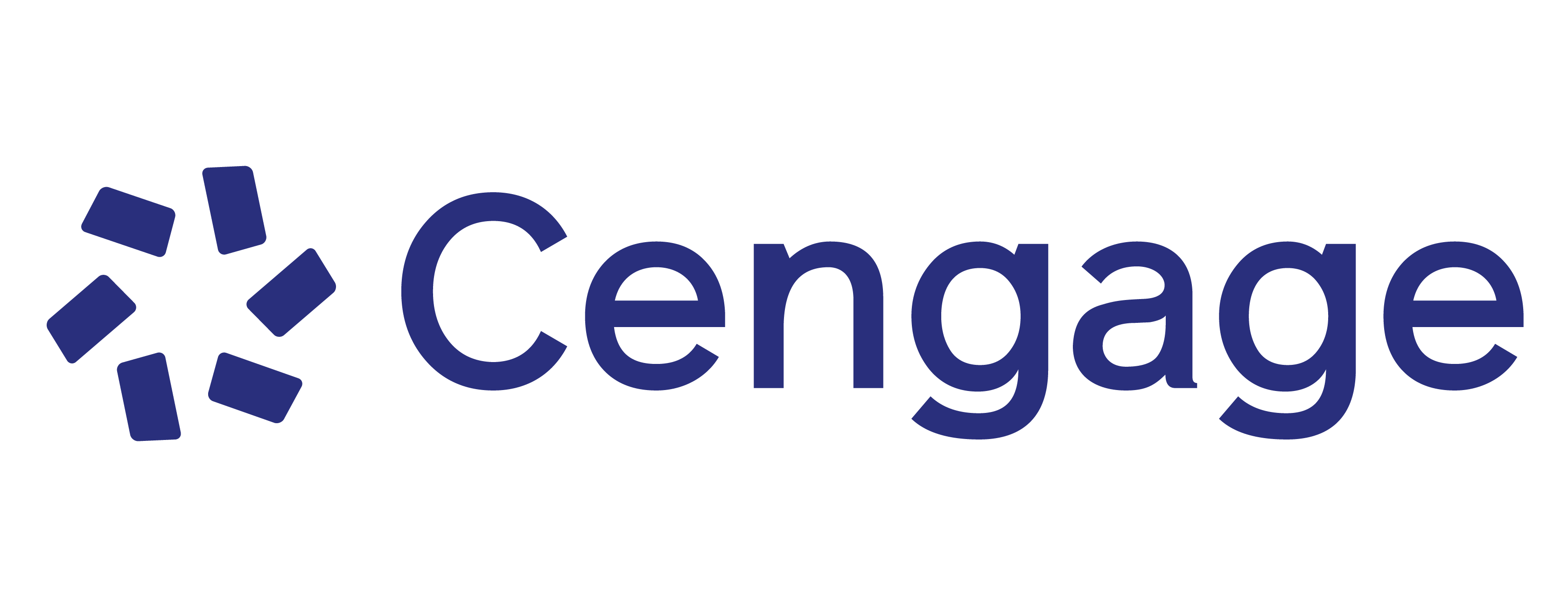This book is intended to develop some important discourses on three important subjects, that is, money, Islamic banks and the real economy. The discussion on money will highlight the role of money as capital and medium of exchange. It starts with an understanding of why money is so important to the smooth functioning of the economy and how it improves human wellbeing, we need to understand exactly what money is. To quantify the impact of money on the economy, we need to be able to measure it. The goals of these discussions is to understand what the concept of money is, how we use it, how we measure it and how we channel it to Islamic banking. The discourse on Islamic banks will focus on the management of Islamic banks’ funds. After completing this, we should be able to: explain the composition of a typical Islamic bank’s balance sheet and the interrelationships between its accounts, including assets, liabilities and owners’ equity; note the use and important of call reports, and state why balance sheets must be accurate and timely. In this discourse, we also examine how regulators regulate and supervise Islamic banking operations. Finally, the link between money, Islamic banks and the real economy will become the third discourse of this book. The contribution of the Islamic banking industry to the current economic order is based upon a renewed application of Islamic law (or the Shariah), in modern economic and financial transactions. These measures must be seen as integral to developing the Islamic ideals of society and economy, based on the Islamic principles of social justice and humanity.
Part I: Money and the Islamic Banking System.
Chapter 1 : An Introduction to Money and the Islamic Banking System
Chapter 2 : Money and the Payment System
Chapter 3 : Financial Instruments, Financial Markets and Islamic Banking
Institutions
Part II: Islamic Banking Operations.
Chapter 4 : Introduction to Basic Contracts in Islamic Banking
Chapter 5 : Sources of Funds
Chapter 6 : Uses of Funds
Chapter 7 : Income Statement
Part III: Islamic Banks Performance.
Chapter 8 : Evaluating Islamic Bank Performance
Chapter 9 : Analyzing Islamic Bank Performance with Financial Ratios
Part IV: Risk Management.
Chapter 10 : Understanding Risk
Chapter 11 : Managing Risk
Part V: The Regulatory And Supervisory Environments
Chapter 12 : Regulation
Chapter 13 : Supervision
Part VI: Capital, Liabilities, Assets And Off-Balance Sheet Management
Chapter 14 : Capital Management
Chapter 15 : Liabilities Management
Chapter 16 : Assets Management
Chapter 17 : Off-Balance Sheet Management
Part VII: The Real Economy
Chapter 18 : The Economics of Islamic Banking System
Chapter 19 : The Central Bank
Chapter 20 : Monetary Policy Transmission
Chapter 21 : Islamic Banking System and The Real Economy
Index
-
Abdul Ghafar Ismail
Abdul Ghafar Ismail is a Professor of Banking and Financial Economics at the School of Economics, Universiti Kebangsaan Malaysia. He got his PhD from University of Southampton, England. He is currently the Head, Center for Research in Islamic Economics and Finance (EKONIS) and Chairman of the Shariah Committee of Citibank. He has published extensively in several refereed journals among others; Review of Islamic Economics, Journal of Islamic Economics, Banking and Finance, Humanomics, International Journal of Social Economics, Savings and Development, Global Journal of Finance and Economics and Review of Financial Economics. His papers have also been presented in many international and local conferences, such as the International Seminar on Islamic Economics and Finance, IRTI International Conference and the Malaysian Finance Association Conference. His research interests include inter-temporal allocation of resources, earning management, capital adequacy standards for Islamic banks, and risk management. He has been a lecturer since 1987 and has been teaching several economics courses.
-
Explains the composition of a typical Islamic bank’s balance sheet and the interrelationships between its accounts, including assets, liabilities and owners’ equity; note the use and importance of Call Reports, and state why balance sheets must be accurate and timely.
-
Examines how regulators regulate and supervise Islamic banking operations.
-
Highlights the link between money, Islamic banks and the real economy.
-
Updated examples and questions in the book.
-
Explains the composition of a typical Islamic bank’s balance sheet and the interrelationships between its accounts, including assets, liabilities and owners’ equity; note the use and importance of Call Reports, and state why balance sheets must be accurate and timely.
-
Examines how regulators regulate and supervise Islamic banking operations.
-
Highlights the link between money, Islamic banks and the real economy.
-
Updated examples and questions in the book.


